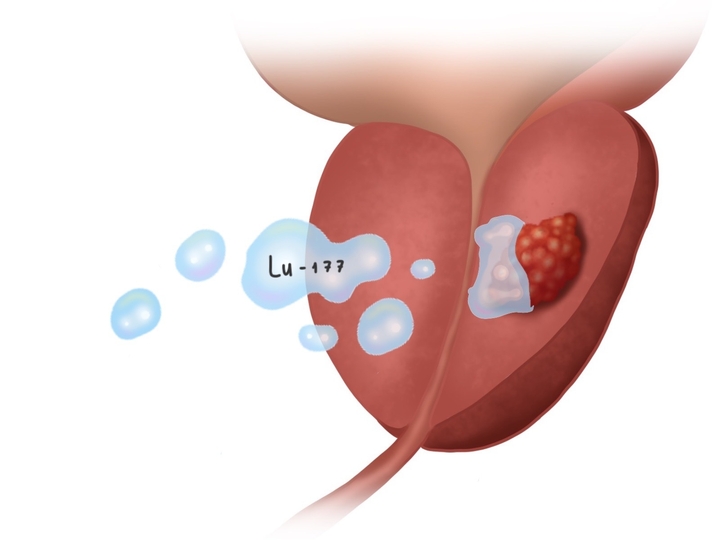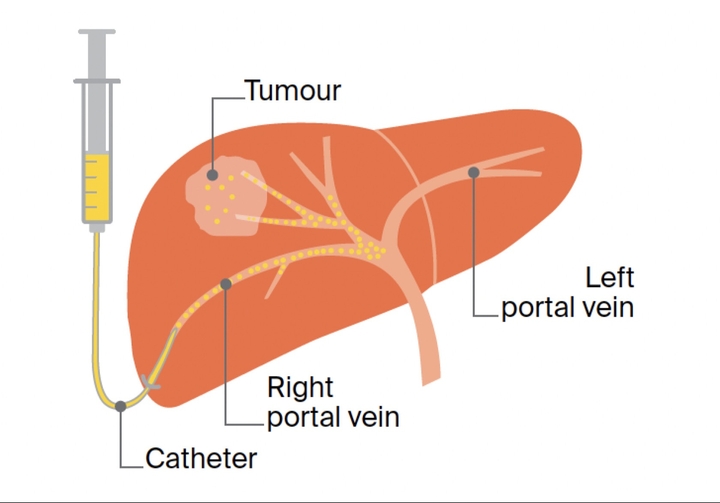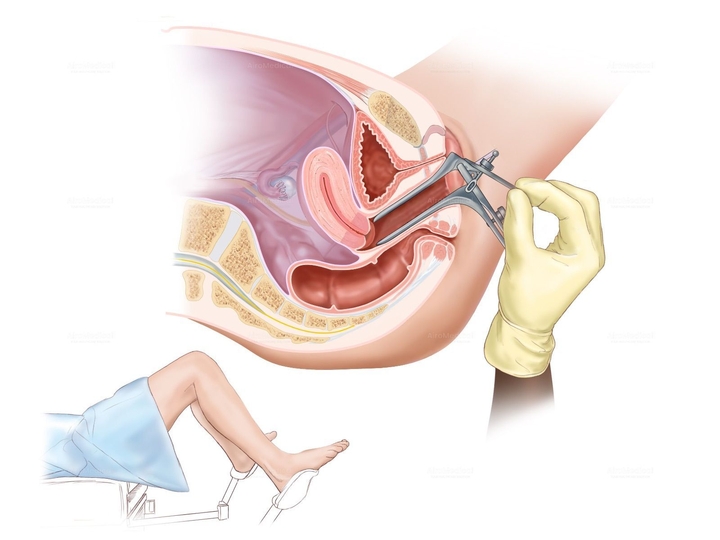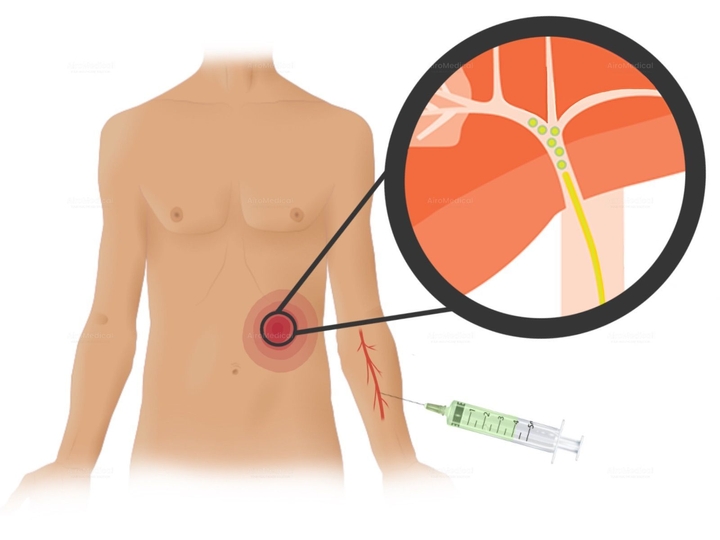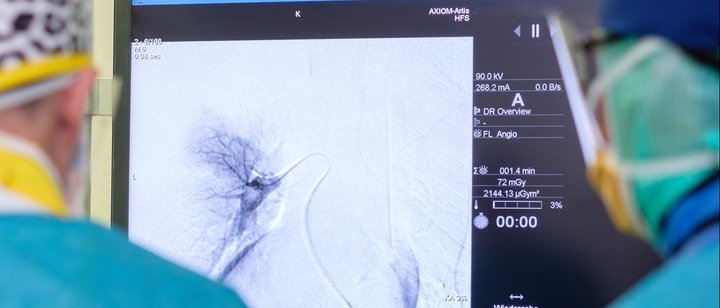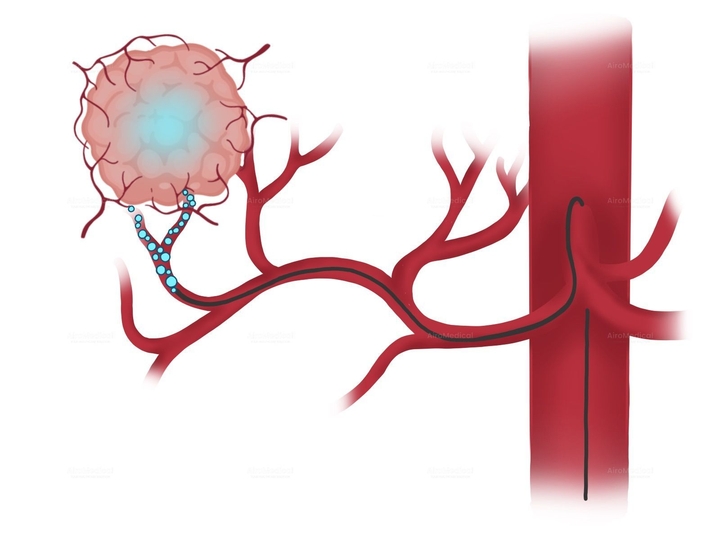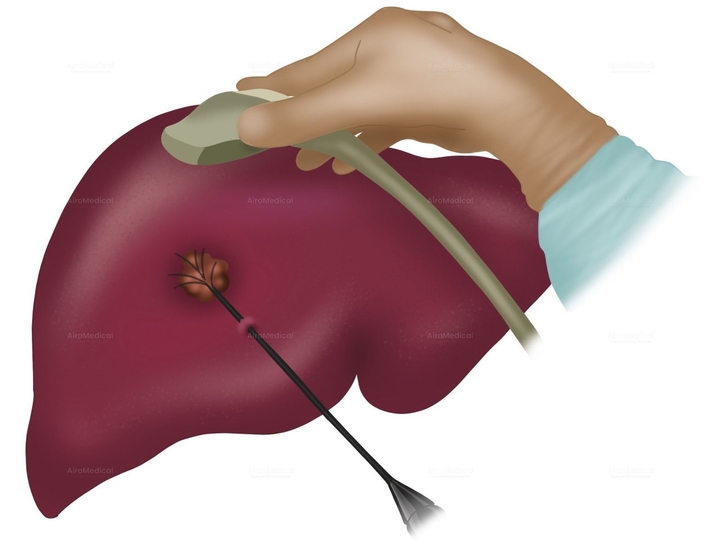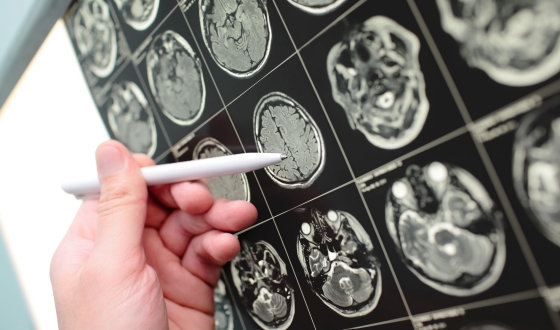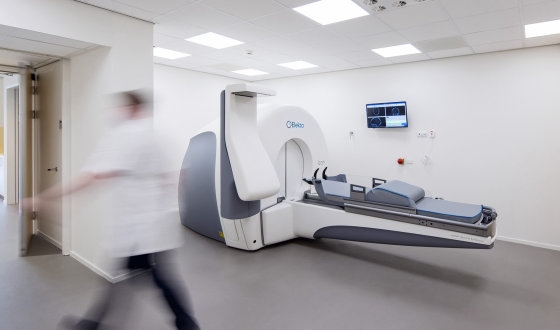GammaKnife Worldwide: Best Hospitals, Doctors, Options, & Cost
Update: Dec 13, 2025
Best hospitals for gammaknife worldwide
Top doctors for gammaknife worldwide
Top offers
Cost for gammaknife worldwide
Gammaknife€9,705 - 20,530
How AiroMedical can help you
Global medical travel platform for searching and booking treatments.
Read more in our blogs
FAQ
Who are the best doctors for GammaKnife?
Prof. Dr. med. Alexander Muacevic from
European Radiosurgery Centre Munich
Prof. Dr. med. Philipp Marius Paprottka from
University Hospital Rechts der Isar Munich
Prof. Dr. med. Claus Rodel from
University Hospital Frankfurt am Main
Prof. Dr. med. Robert Krempien from
Helios Hospital Berlin-Buch
Dr. med. Otto Bundschuh from
Radiotherapy and Gamma Knife Centre Hanover















